My Take
SOURCE: DEEPAK HILORI/ FOR MY TAKE / IDRW.ORG
Although the US has often claimed that India is a trading partner equal to its NATO allies, there have been instances where the US denied state-of-the-art defense hardware that India wanted. One such instance was when India was interested in acquiring Israel’s Arrow 2 anti-ballistic missiles, but the US did not give export clearance for it.
Another instance was when the US offered India its Patriot PAC-3 and THAAD Air Defense system to thwart India’s purchase of the Russian S-400 air defense system. However, the US has not provided India with the General Atomics MQ-20 Avenger (Predator C) that the Indian Air Force wanted to bolster its offensive capabilities, despite offering the General Atomics MQ-1 Predator armed drone to India in the past.
Continue readingSOURCE: JOYDEEP GHOSH/ FOR MY TAKE / IDRW.ORG
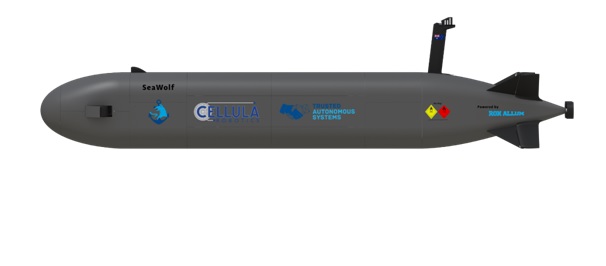
India’s MoD has initiated a project to design and develop Extra Large Unmanned Underwater Vehicles (XLUUV) for Indian Navy to bridge glaring gap in its underwater capabilities due to significant delays to Project-75I. As per reports Indian Navy needs up to 12 XLUUVs. But I would say India must operate at least2 dozen (24) XLUUVs with an endurance of at least 75 days.
The XLUUV may reportedly have a maximum ‘length with payload’ of up to 50 meters, width of up to 5 meters, height no more than 10 meters and gross weight without ballast under 300 tons making it one of the largest submarine drones at par with Germany’s Modifiable Underwater Mothership, US Navy’s Orca XLUUV and Russia’s Sarma-D, that are in the prototyping phase.
Continue readingSOURCE: JOYDEEP GHOSH/ FOR MY TAKE / IDRW.ORG

It has been over a year since the Russia and Ukraine war has been raging. Though Indian government has refused to take sides in the war, calling for its end but effectively it has been on Russia’s side being one of its biggest customers of cheap crude oil that is being refined and exported to Europe, becoming a bigger exporter that Saudi Arabia .
What’s more Europe happily and knowingly buys it, effectively showcasing its hypocrisy. Anyways Ukraine has been trying too hard ever since to get at India for giving tacit support to Russia. But India has always ignored Ukrainian blabbering’s over India’s support to Russia.
Continue readingSOURCE: SATYAJEET KUMAR/ FOR MY TAKE / IDRW.ORG
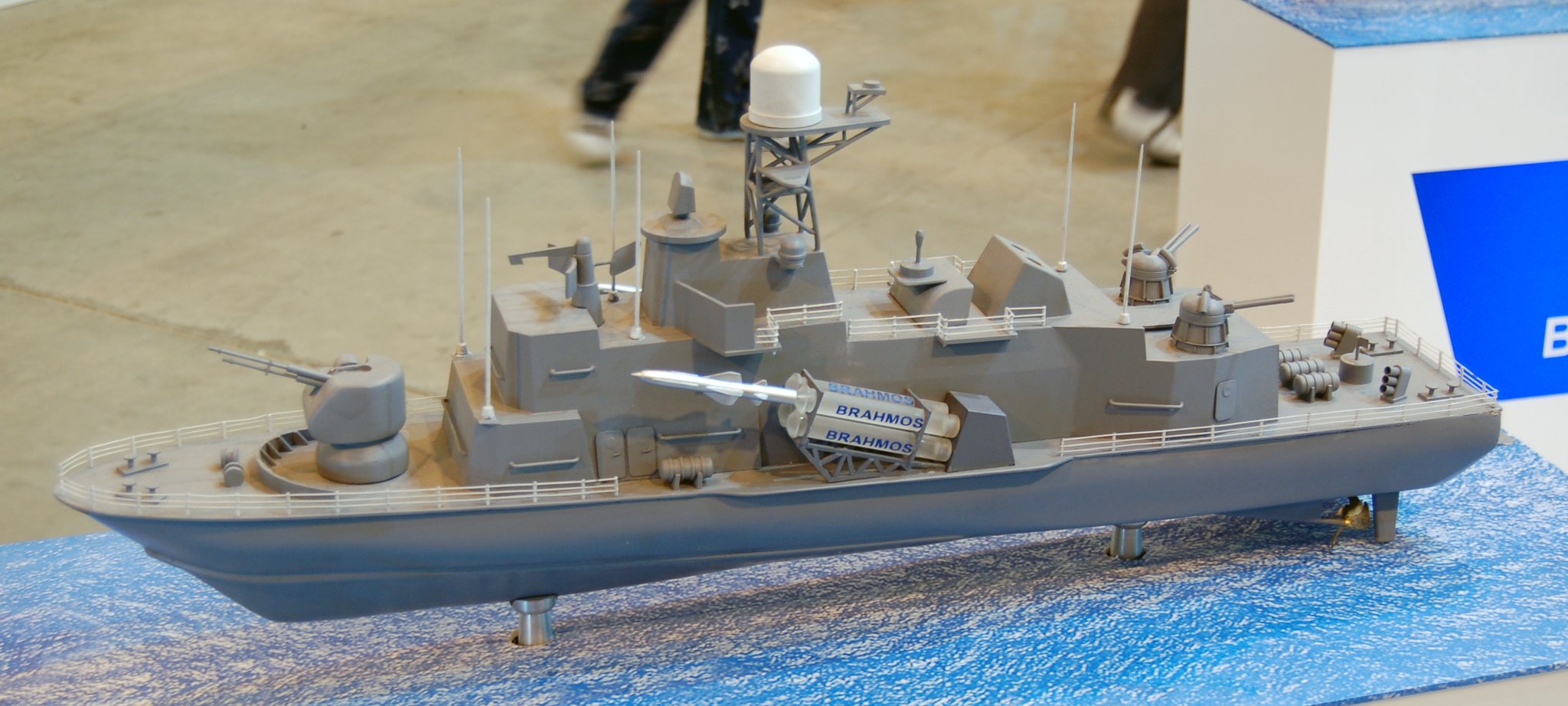
Cochin Shipyard Ltd has inked a lucrative deal to construct six cutting-edge Next Generation Missile Vessels (NGMV) for the Indian Navy, with a total contract value of ?9,805 crore. The delivery of these advanced warships is set to commence in March 2027. These NGMVs are designed to be heavily armed, featuring state-of-the-art stealth technology, remarkable speed, and offensive capabilities.
Surface warfare capabilities, advanced stealth features such as low radar cross section (RCS), acoustic, magnetic, and infrared (IR) signatures, and so on will be included in NGMVs. NGMVs will have a range of 5185 kilometers at an economic speed of 10 knots and a range of 1852 kilometers at a maximum speed of 35 knots.
Continue readingSOURCE: DINESH BEHARA/ FOR MY TAKE / IDRW.ORG
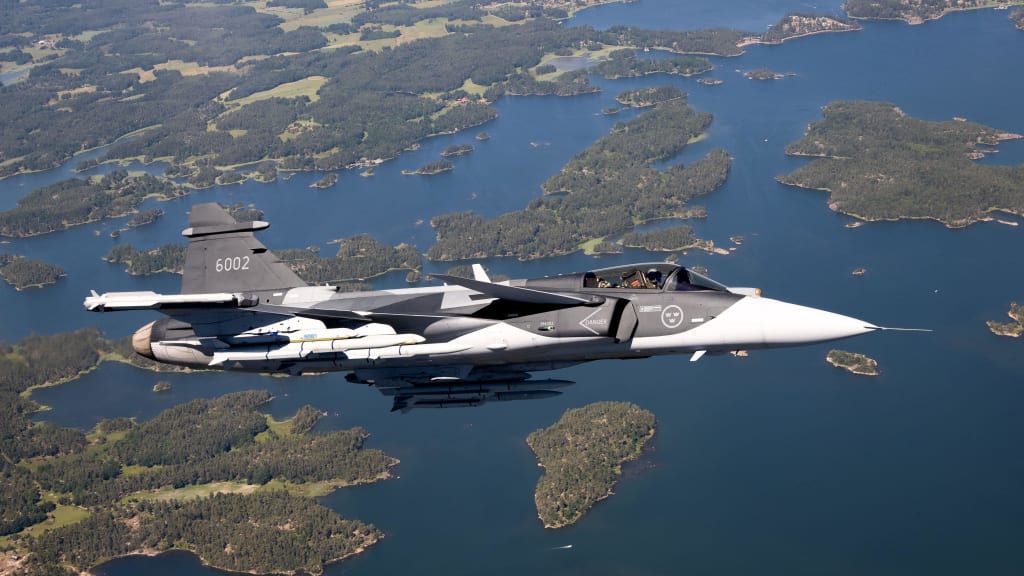
Gripen is a multi-role fighter aircraft by Sweden-based Saab AB Company. It is in service with countries such as Sweden, the Czech Republic, Hungary, South Africa, Thailand, Brazil, and the United Kingdom.
Gripen can fill the requirement of two contemporary acquisition programs for IAF, thereby reducing the duration for acquisition and increasing the squadrons of fighter aircraft.
Continue readingSOURCE: DEEPAK HILORI/ FOR MY TAKE / IDRW.ORG
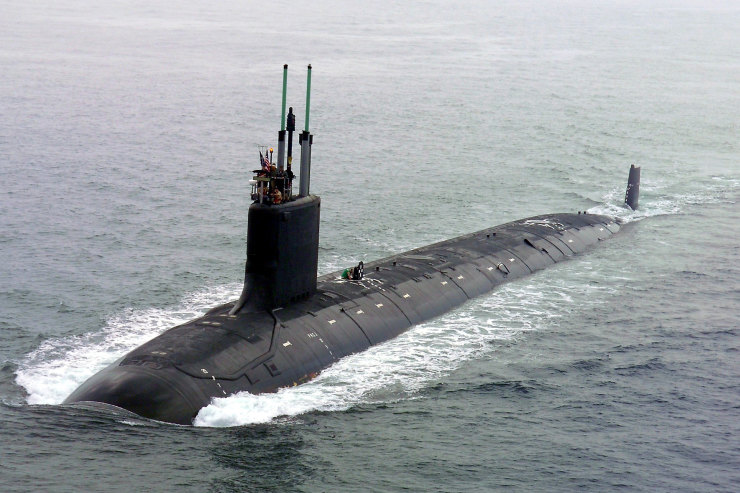
In the first phase, Australia will purchase three to five Virginia-class nuclear submarines from the United States, and in the second phase, it will purchase a second line of AUKUS-class submarines based on UK designs and US technology, to be built beginning in the mid-to-late 2030s, with at least some of the construction taking place at the Osborne shipyards in Adelaide.
The United Kingdom and the United States will not only sell Virginia-class nuclear submarines to Australia, but will also supply key nuclear technology, such as nuclear reactors, to Australia for local production of the submarines.
Continue readingSOURCE: DEEPAK HILORI/ FOR MY TAKE / IDRW.ORG
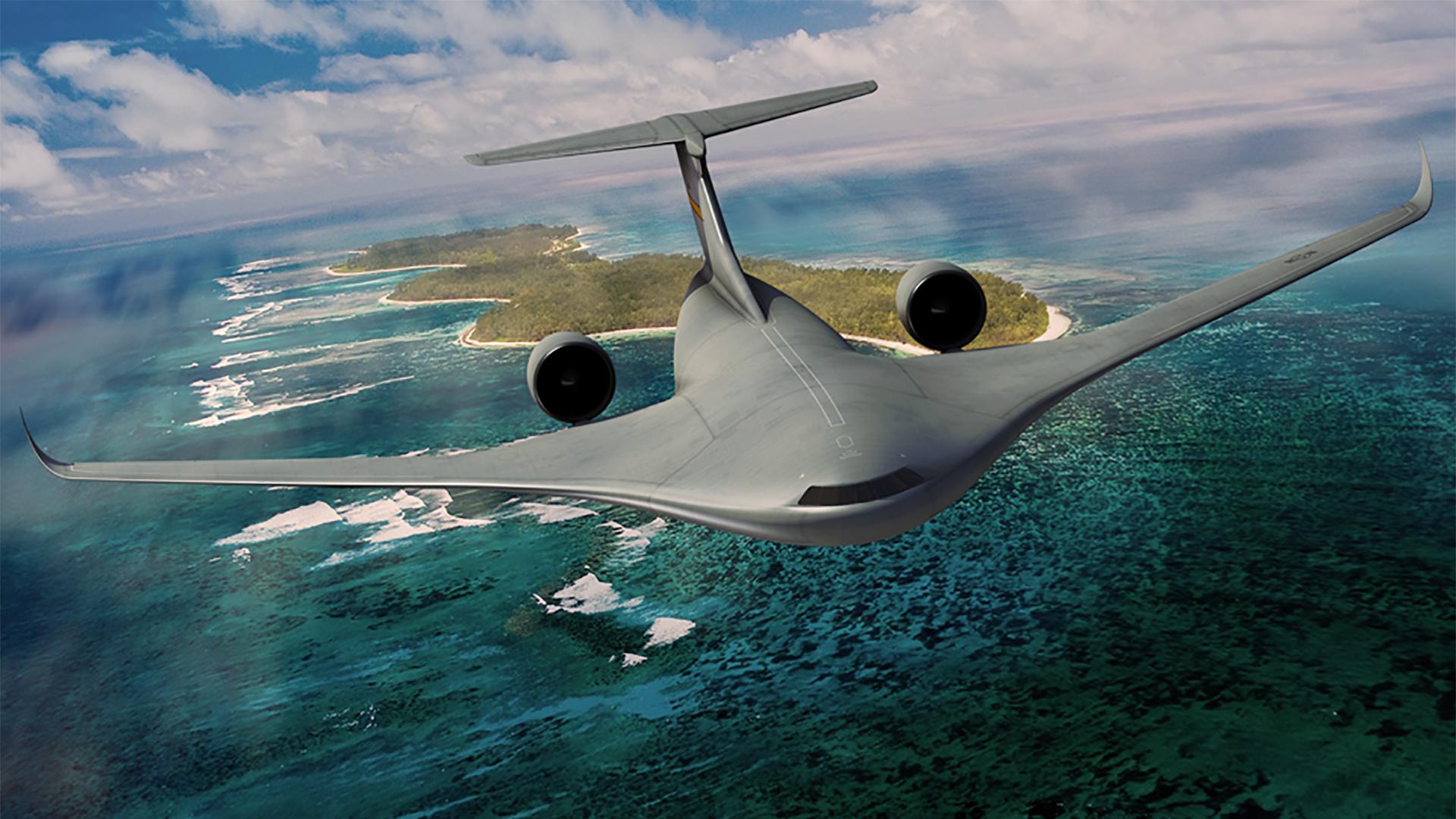
It seems Indian Air Force is again in the mood for the purchase of another Transport Aircraft that eventually will replace the ageing fleet of Soviet-Era An-32 Short-haul Transporter that was procured in the mid-’80s after recently concluding a deal for the purchase of Airbus C-295M Tactical Transport Aircraft that will be manufactured in the country.
IAF is looking to procure nearly 80 medium-lift military transport aircraft that will replace 118 An-32 Short-haul Transporter and seems to have dropped plans to procure more C-295 that are classified in the same class of aircraft but instead, it has decided to go for a plane with nearly double the cargo carrying capacity then An-32 it intends to replace.
Continue readingSOURCE: SATYAJEET KUMAR/ FOR MY TAKE / IDRW.ORG
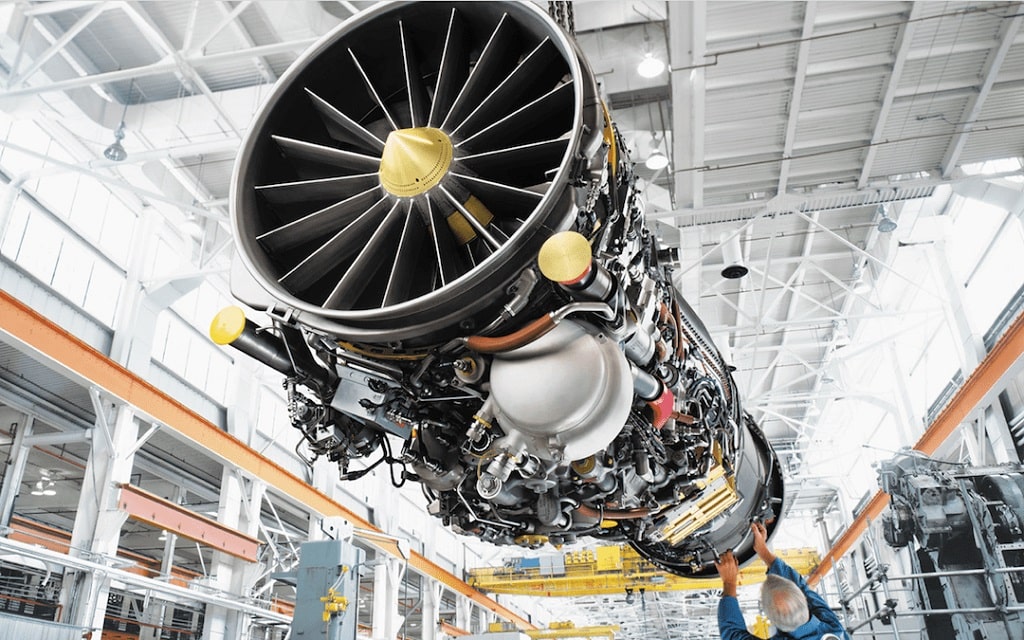
On May 11, 1998, India leapt into the unknown world of nuclear weapon powers with the tests at Pokhran and soon after India became a global pariah. Even though India never signed the Nuclear Non-Proliferation Treaty after came next were economic sanctions on India for its series of underground nuclear tests by none other than the United States which lead to suppliers cancelling their agreements and European firms stopping cooperation which was a major setback for country’s LCA-Tejas program.
India has acquired 8 F404-F2J3 engines from GE Aviation to power initial batches of LCA-Tejas prototypes and 98 sanctions meant engine spares and other supplies had halted and by the time the first flight of TD-1 of LCA-Tejas was carried out in 2001, but it meant that India had to cannibalize perfectly working engines to be used as spares so that already delayed program doesn’t suffer more delays.
Continue readingSOURCE: SATYAJEET KUMAR/ FOR MY TAKE / IDRW.ORG
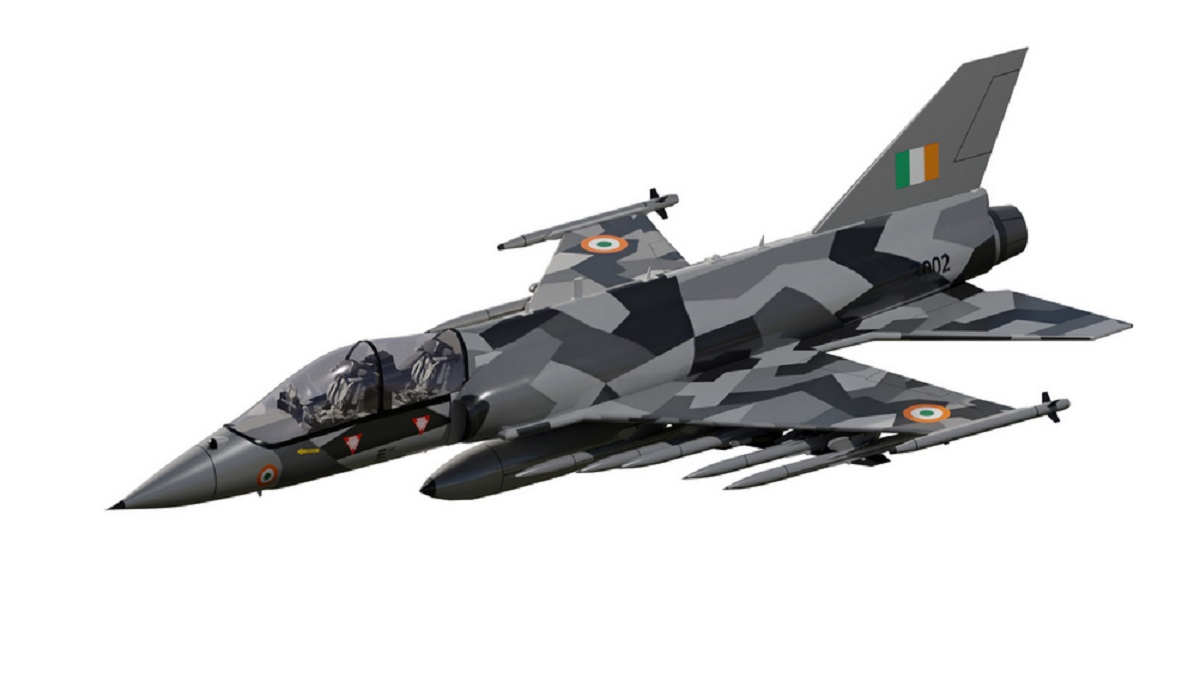
Subsonic intermediate jet trainer aircraft designed and developed by Hindustan Aeronautics Limited (HAL) flew for the first time exactly 20 years ago in 2003 but it has still not entered into production. HJT-36 Sitara which was to replace ageing Kiran Stage-II Trainer aircraft in the Indian Air Force (IAF) nearly a decade ago is nowhere close to entering production and frankly, no one cares about the program anymore as focus and training doctrine in the last few decades has changed and shift now is clearly to have a supersonic jet trainer and days of sub-sonic trainer jets are more or less over.
HAL Claims HLFT-42 is the ‘Next Gen Supersonic Trainer’ that is under development and the plan is to equip it with modern avionics like Active Electronically Scanned Array (AESA), Electronic Warfare (EW) Suite, Infrared Search and Track (IRST) with Fly by Wire (FBW) control system.
Continue readingSOURCE: GIRISH LINGANNA / FOR MY TAKE / IDRW.ORG.
Karnataka, located in southern India, has established itself as a hub for the country’s aerospace and defense industry. With a strong presence of top research and design institutions, a large pool of skilled professionals, and modern infrastructural facilities, the state has become a preferred destination for aerospace and defense. Bengaluru, in particular, has become a key player in attracting foreign investments in the sector, making the future look bright for Karnataka’s aerospace and defense industry.
Continue readingSOURCE: DEEPAK HILORI/ FOR MY TAKE / IDRW.ORG

Tejas Mk2, also known as Tejas LCA MK-II (Light Combat Aircraft), will soon enter the critical prototype construction stage after the Cabinet Committee on Security, led by Prime Minister Narendra Modi, approved the Tejas Mark-2 project at a cost of more than Rs 10,000 crore.
The MK-2 is designed to have improved avionics, weapons, and aerodynamics compared to the earlier version, the Tejas MK-1. It is also planned to have more advanced engines and enhanced air-to-air and air-to-ground capabilities. The Indian Air Force has placed an order for 83 Tejas MK-2 aircrafts to replace its aging fighter fleet.
Continue readingSOURCE: DEEPAK HILORI/ FOR MY TAKE / IDRW.ORG

Brazilian Navy is on its way to becoming the seventh Navy in the world that has Nuclear powered submarine by the turn of this decade as it has started developing a 6000-ton nuclear-powered attack submarine, called Álvaro Alberto which is based on the French developed Scorpène-class submarine.
The Brazilian Navy only last year commissioned its first Scorpène-class attack submarine in Itaguaí, Rio de Janeiro. Both Indian and Brazilian Scorpène-class attack submarine has the same baseline design while they might defer internally it has nearly the same displacement of 1900 tons submerged.
Continue readingSOURCE: SATYAJEET KUMAR/ FOR MY TAKE / IDRW.ORG

Modi government is trying to nudge Global Airline manufacturers like Airbus and Boeing to set up local final assembly lines for some of the popular narrow-body aircraft considering that both have predicted sales of over 2000 aircraft to India in the next 20 years.
The Indian commercial aviation industry has made significant strides in recent years, but with the development of indigenous aircraft, it remained a cash cow for Airbus and Boeing which simply is just interested in selling aircraft and throwing crumbles in name of localization of components for their global supply chain that contribute minuscule to the Indian economy.
Continue readingSOURCE: RAJESH AHUJA / FOR MY TAKE / IDRW.ORG

In the 1990s, Aeronautical Development Establishment (ADE) was tasked to develop Nishant, a remotely piloted aircraft (RPA) to be used for intelligence, surveillance, and reconnaissance (ISR) roles on its borders with Pakistan and China. India was the first among its peers to have its own indigenous RPA/UAV program but fast forward to 2023, and India is still not where it wanted to be while even smaller countries have made rapid progress in the area.
Indian first RPA Nishant had it is the first flight in 1995 and was considered a great advancement at that time but technical issues and other changing UAV technology meant that ADE was not able to adapt fast to the changes nor was able to develop a product that met all user requirements.
Continue readingSOURCE: RAJESH AHUJA / FOR MY TAKE / IDRW.ORG

Britain, Italy and Japan are to cooperate in developing a sixth-generation fighter, Few details were available before the scheduled announcement beyond the project’s named Global Combat Air Programme (GCAP) and the fact the partners say they plan to have the fighter ready by 2035.
Japanese-European defence program will also see the development of a new engine advanced power and propulsion system that will see designing an electrical starter generator that was fully embedded in the core of a gas turbine engine, now known as the Embedded Electrical Starter Generator.
Continue reading